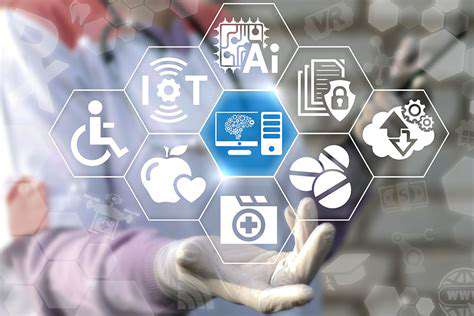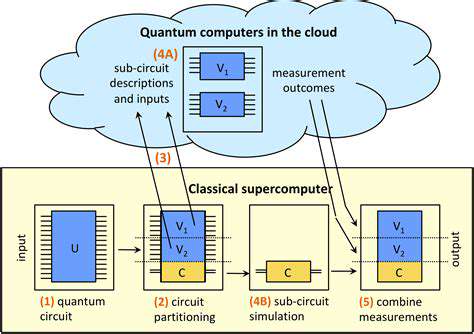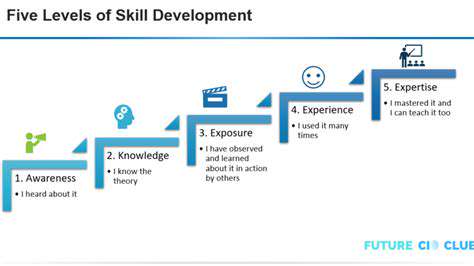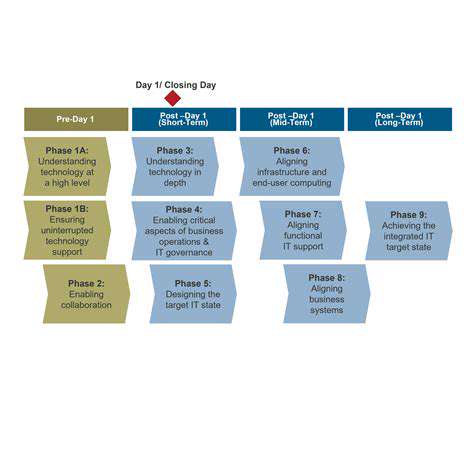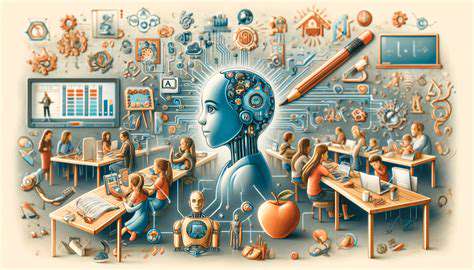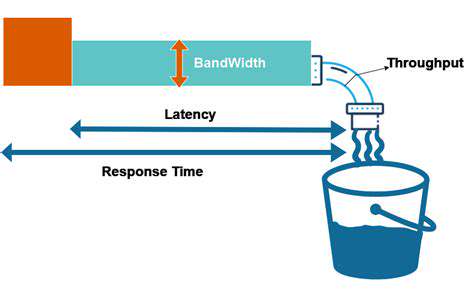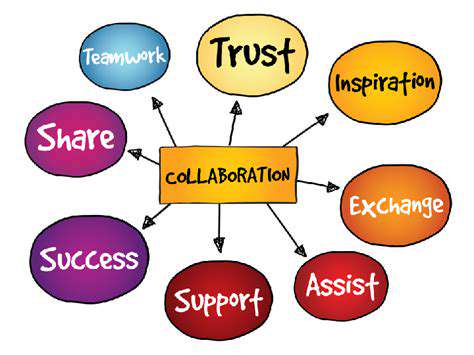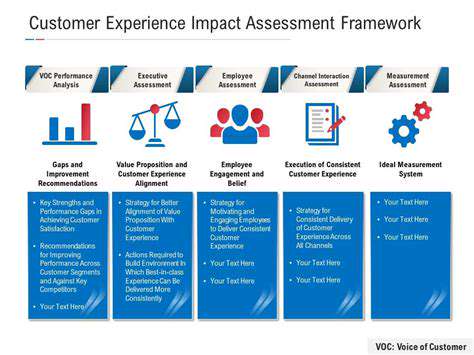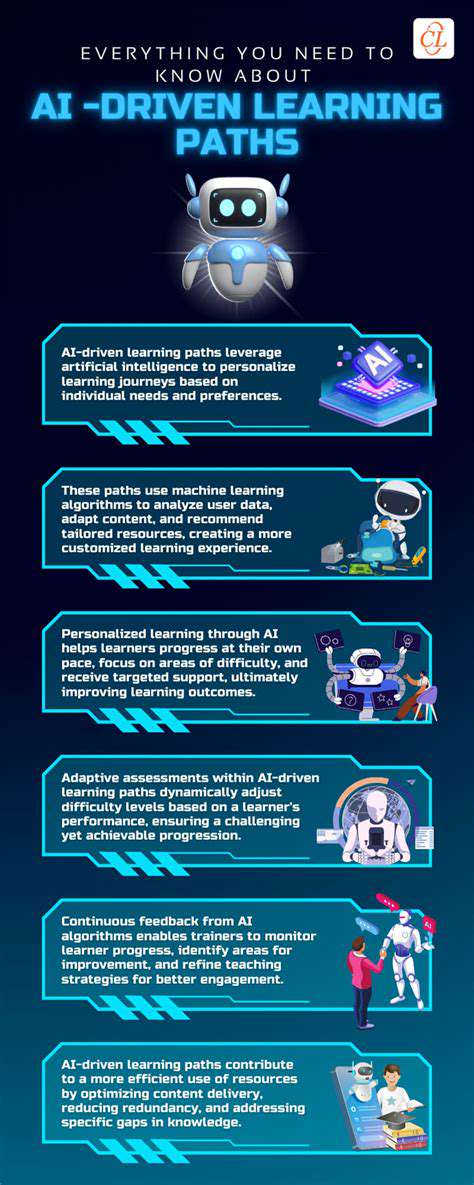
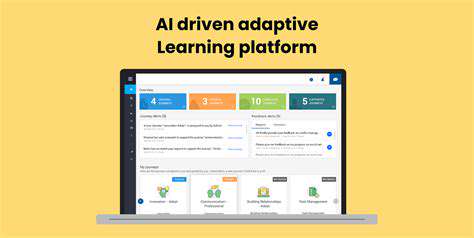
Analyzing and Interpreting Neurocognitive Data
Understanding the Role of Neurocognitive Data in AI
Neurocognitive data, which includes brain activity, cognitive performance, and behavioral patterns, offers deep insights into how people learn and process information. Analyzing this data carefully is key to creating customized learning experiences. Advanced AI systems excel at processing large datasets, uncovering subtle patterns and connections that traditional methods might overlook. This leads to more precise and effective educational strategies in neuroeducation.
This type of data helps educators grasp the unique learning styles, strengths, and challenges of each student. By identifying these traits, AI can adjust teaching methods to enhance learning results. Such tailored approaches outperform generic teaching methods, especially for students with diverse learning needs.
Methods for Acquiring Neurocognitive Data
Educators and researchers use various techniques to gather neurocognitive data. Traditional tools like IQ tests and standardized exams are still common, but newer technologies such as electroencephalography (EEG), functional magnetic resonance imaging (fMRI), and eye-tracking are gaining traction. Each method has its advantages and limitations, influencing the quality and depth of the data collected. Selecting the right approach depends on the research goals and the level of detail required.
The choice of data collection method directly affects the reliability of the insights gained. Researchers must carefully match the method to the specific questions they aim to answer.
Data Preprocessing and Cleaning Techniques
Raw neurocognitive data often needs extensive cleaning and preparation before analysis. This includes addressing missing data, outliers, and inconsistencies. Proper preprocessing is critical to ensure the accuracy of the analysis, reducing the impact of errors or noise on the final outcomes. These steps are foundational for building a trustworthy dataset.
Statistical Analysis Techniques for Neurocognitive Data
Researchers use a range of statistical methods to analyze neurocognitive data, including correlation studies, regression models, and machine learning algorithms. These techniques help uncover relationships between variables and predict future performance. Applying these methods reveals key factors that influence learning and provides insights into the cognitive processes involved.
Interpreting and Visualizing Neurocognitive Data
Translating neurocognitive data into actionable insights requires clear communication and visualization. Graphs, charts, and interactive dashboards make complex data more accessible, helping educators and researchers spot trends and patterns. Effective visualization is essential for turning data into practical strategies that improve learning outcomes.
Well-designed visuals are crucial for making sense of large datasets. They enable educators to quickly identify trends and make informed decisions about teaching methods.
Applying AI to Neurocognitive Data for Personalized Learning
AI can transform neurocognitive data into personalized learning plans. By analyzing a student’s brain activity and cognitive performance, AI adjusts the pace, content, and style of learning materials to match their needs. This tailored approach boosts learning efficiency, particularly for students with unique requirements. Customizing education to individual needs is a game-changer for maximizing student success.
Ethical Considerations in the Use of Neurocognitive Data
Collecting and using neurocognitive data raises ethical questions about privacy, security, and potential biases. Ensuring responsible handling of this data is vital to maintain trust and avoid misuse. Transparency and accountability are non-negotiable in AI-driven neuroeducation. Addressing these concerns is critical for the sustainable adoption of these technologies.
Enhancing Educational Effectiveness with Data-Driven Insights
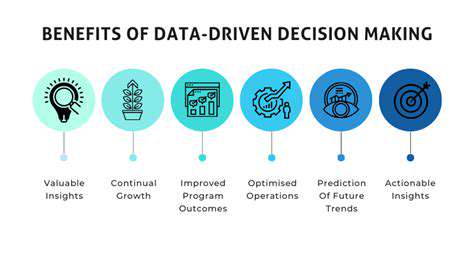
Improving Teaching Strategies
Effective teaching strategies are essential for keeping students engaged and improving learning outcomes. Incorporating diverse methods like interactive activities and group projects can dramatically increase student participation and comprehension. These approaches accommodate various learning styles, ensuring every student has a chance to succeed. Teachers should also foster open discussions, creating a lively classroom where students feel comfortable sharing ideas.
Technology can also play a transformative role in education. Interactive tools and educational games make learning more enjoyable and immersive. This not only boosts enthusiasm for learning but also helps students develop digital skills that are increasingly important in today’s world.
Creating Supportive Learning Environments
A positive and inclusive classroom environment is key to student well-being and academic achievement. When students feel safe, respected, and valued, their motivation and engagement soar. Teachers should encourage positive peer interactions to build a strong sense of community.
Addressing individual learning needs is equally important. Educators should identify and support students who face learning challenges, whether through additional help, modified assignments, or alternative teaching methods.
Developing Student Engagement
Engaged students are more likely to succeed academically. Activities that spark curiosity and critical thinking, such as collaborative projects and problem-solving tasks, can significantly boost engagement. Connecting lessons to real-world scenarios also helps students see the relevance of what they’re learning, motivating them to participate actively.
Assessing Learning Outcomes Effectively
Regular and varied assessments are crucial for tracking student progress. Quizzes, projects, and presentations provide valuable feedback, allowing teachers to refine their methods. This ensures that instruction remains aligned with student needs.
Utilizing Technology for Enhanced Learning
Technology can revolutionize the classroom experience. Interactive whiteboards, educational apps, and online resources create dynamic learning environments. When used effectively, technology accommodates different learning styles and encourages active participation.
Encouraging Critical Thinking Skills
Critical thinking is a cornerstone of modern education. Teaching students to analyze information, evaluate arguments, and form independent opinions prepares them for future challenges. Debates, discussions, and presentations are excellent ways to sharpen these skills.
Fostering Collaboration and Communication
Teamwork and communication are vital for a thriving classroom. Group projects and collaborative tasks build a sense of community and shared responsibility. Encouraging students to express their ideas clearly and respectfully strengthens their communication skills, benefiting both individual and group learning.
